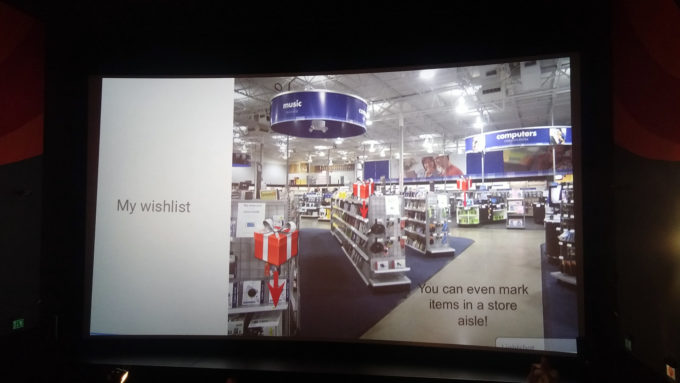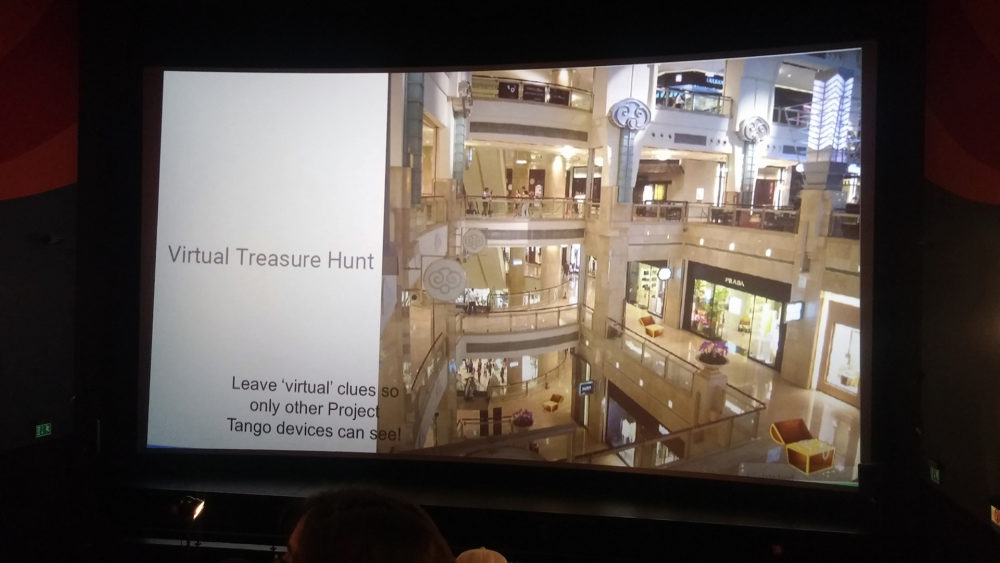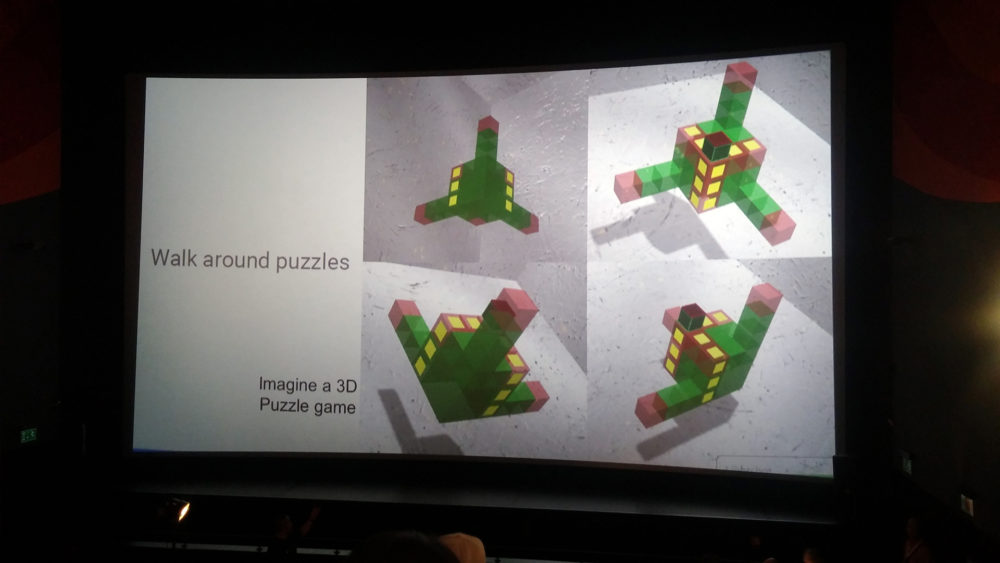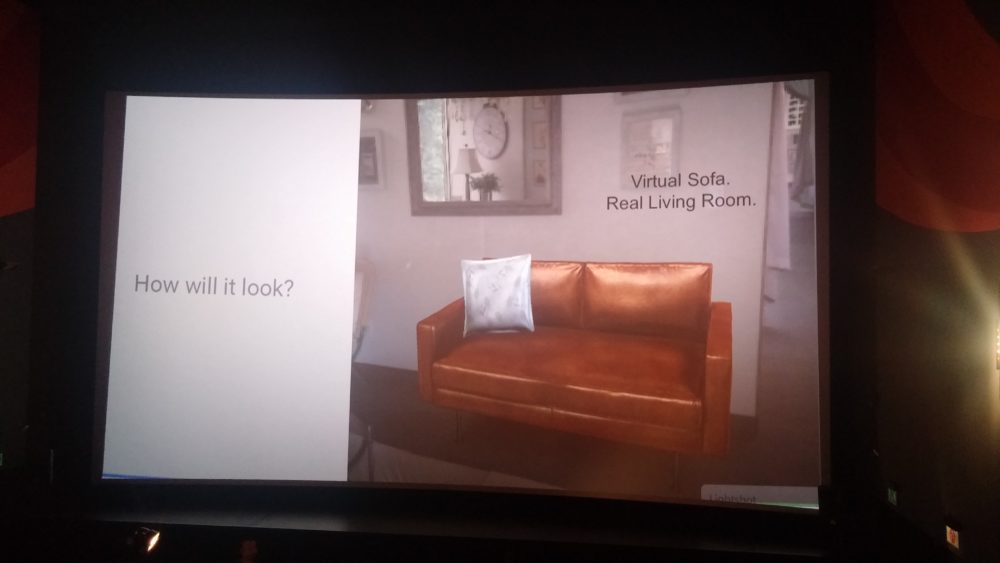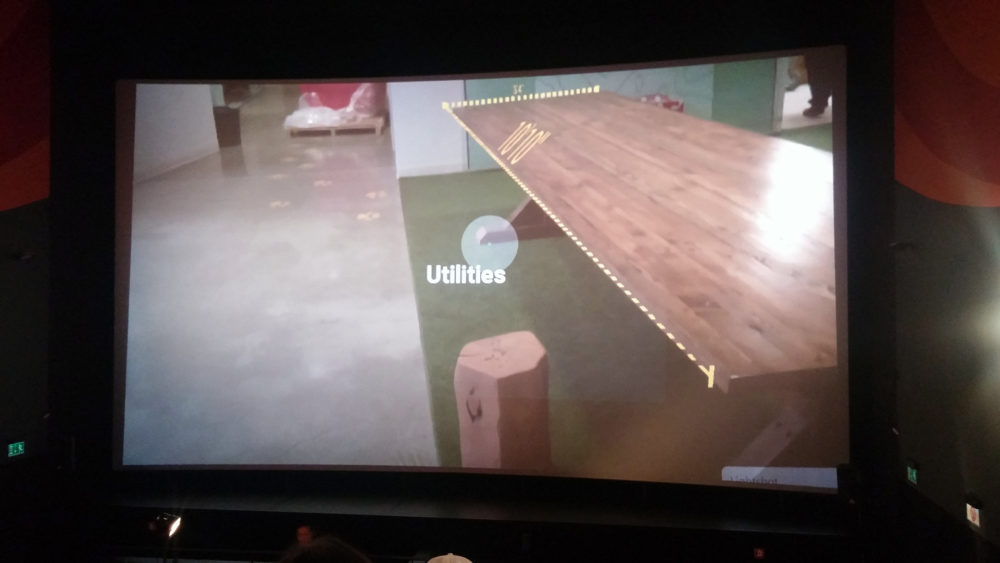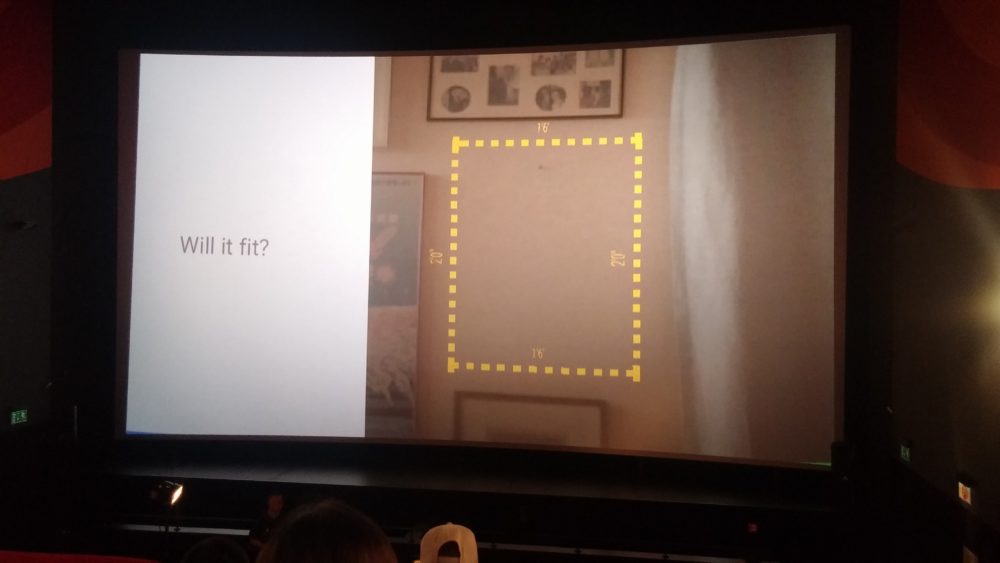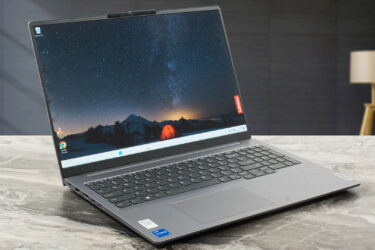Lenovo: Our upcoming product will change the understanding of smartphones
 The chances are you’ve heard about Google’s ambitious Project Tango – to bring a set of cameras and sensors to today’s mobile devices and map the 3D world around us as we know it. This will allow developers to explore a whole new realm of technology that will have a something very similar to the human eye – it can perceive light, depth and accurately understand where it’s positioned in the surrounding environment. This is possible thanks to one sensor similar to an infra-red camera, a structured light projector and the main camera on the smartphone/tablet. But where Lenovo comes into play? Well, Google has decided to partner with Mantis Vision to bring their MV4D technology (the cameras and sensors) along with Lenovo as their first choice of an official OEM.
The chances are you’ve heard about Google’s ambitious Project Tango – to bring a set of cameras and sensors to today’s mobile devices and map the 3D world around us as we know it. This will allow developers to explore a whole new realm of technology that will have a something very similar to the human eye – it can perceive light, depth and accurately understand where it’s positioned in the surrounding environment. This is possible thanks to one sensor similar to an infra-red camera, a structured light projector and the main camera on the smartphone/tablet. But where Lenovo comes into play? Well, Google has decided to partner with Mantis Vision to bring their MV4D technology (the cameras and sensors) along with Lenovo as their first choice of an official OEM.
We had a good talk with Lenovo’s Global BD Manager, Michael Por. He gave us a few interesting facts about Lenovo’s cooperation with Google but was also careful not to give out any information, which is still under NDA. However, we did get some confirmation about the upcoming device from Lenovo, which, of course, will be powered by Google’s Project Tango.
If you are interested, you can browse for other Lenovo mobile devices here and also make sure you’ve checked whether we’ve already done a review.
How does MV4D technology work?
As we already said, the device uses custom sensors for motion tracking, depth and light working like a normal human eye. The device can also auto-correct itself in motion tracking while relocalizing areas they’ve seen before. But the most striking thing is that the device can recognize the objects around you – their shape, height, width and even depth. With the help of those sensors, the upcoming devices will be able to blend our reality and the virtual one, or in other words – AR (augmented reality). It shouldn’t be mistaken with VR (virtual reality).
The downside of this concept, however, is the need of light. We had the chance to try one out – in a form of a tablet – but it had difficulties performing in low-light conditions as the light sensor needs extra luminance in order to map the area. The light sensor is needed to establish a grid of the environment before processing the data by an algorithm and displaying the real-life scene onto the screen. Nevertheless, the device we tested was an early engineering sample and we were assured that the final unit will be less buggy and will offer smoother and better performance. You can see some implementations and a short introduction of Mantis Vision’s technology in the video below.
Possible applications
No, we are not talking about apps but about areas in which the technology can be useful. The mobile apps will come as soon as the first devices hit the market and developers around the worlds start publishing their software. Speaking of, Project Tango works on various Android platforms that run C, Java and Unity and there are already some partnered companies and software studios that are currently developing their idea of apps. The list contains names like BOSCH, Qualcomm, NVIDIA, etc.
We were shown various ideas during the presentation we’ve attended about Project Tango so we can start with a simple one – marking items or places you’ve already visited or someone else did. The Project Tango holds a huge potential when integrated into Google Maps. You just get your phone out and Google Maps will navigate to your destination without the need of GPS, which also means – accurate indoor navigation!
Let’s also get the obvious one out of the way – gaming. The technology allows us to play virtual games in a real-life environment like puzzle games, treasure hunts or just shoot aliens in your living room.
Also, the new set of sensors and cameras can help you with your daily life or routine. Measuring distance, height, and width has never been easier. If you are redecorating your home, you can leave your ruler aside and use an app instead. In fact, there’s an app in development, which can place every single household appliance or furniture a store has, directly in your home. This way you can easily see if it will fit or if the color would match and will probably save you a trip to the store.
It’s needless to say that there are countless other applications of the technology for fun or productivity so we are yet to see what developers will come out within the following years.
What’s Lenovo’s big role in this – why, when and how much?
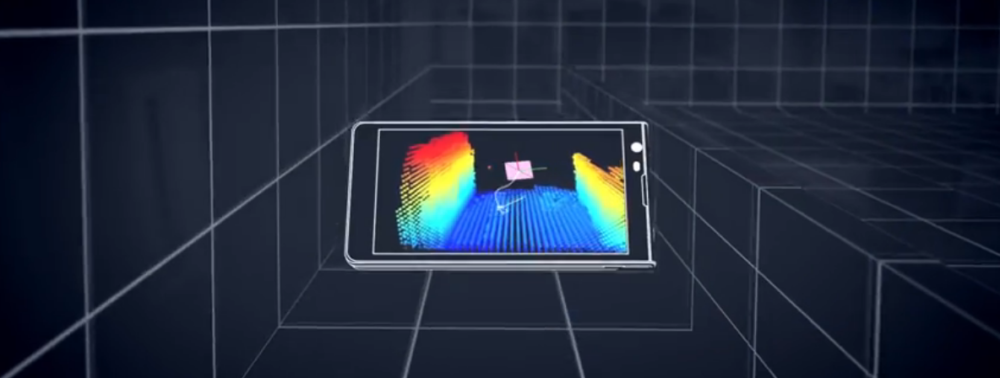
First of all, we would like to note that the sample we’ve tested was a bulky tablet with all the sensors and cameras stuck at the back of the device but the final unit will probably be more polished. Also, Micheal wasn’t specific about the first device – whether it’s going to be a tablet or a smartphone. We are just guessing here, but most probably the first Project Tango-powered device will be a tablet. It’s always harder to fit today’s technologies into a smaller form factor.
Lenovo’s representative said that the first device will come this winter holidays – sometime around Christmas – and will cost less than $500. This definitely sounds promising and Google’s dream, as Por said, is to bring the sensors to every mobile device tier on the market and eventually turn this into a standard. Like how today’s gyro, ambient light, and GPS sensors can be found on low-end and flagship smartphones. And besides, with a more affordable technology more people will have the chance to map the world and contribute to the project.
Finally, we asked Michael Por about the minimal requirements of a smartphone, or tablet, to run the whole package and we’ve been told 4GB of RAM and 64GB of internal storage. Also, he hinted that Qualcomm has designed an octa-core processor just for the project as the whole data handling will require a good amount of processing power. Our best guess is that the new SoC will be similar to the current Snapdragon 820 but with an even more powerful GPU.
Having this in mind, the $500 price tag doesn’t seem all that bad as a starter, what do you think?
